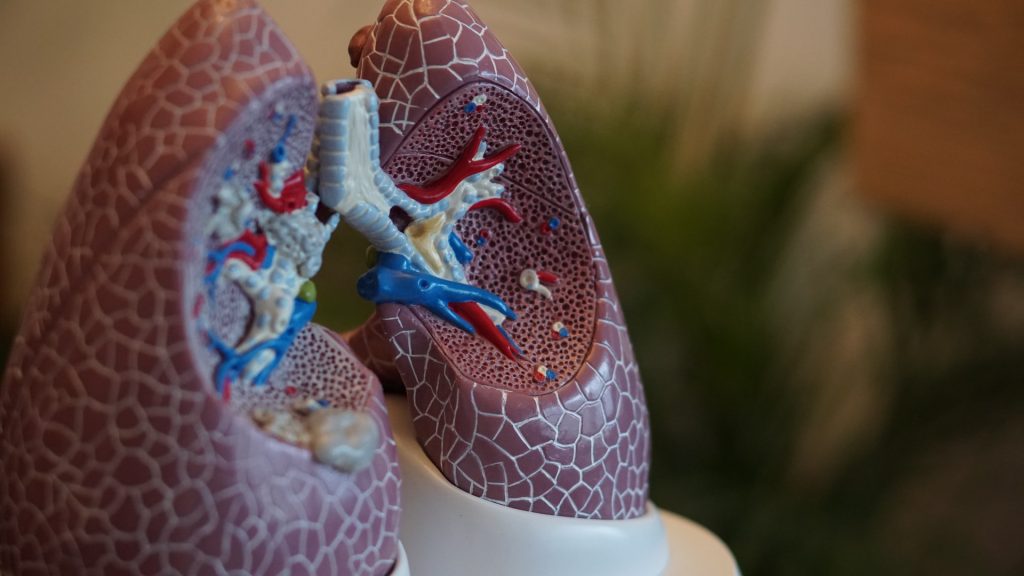Funding the NHI: ‘Political Suicide’ and Tax Revolts

According to a 27-page ‘factsheet’ purportedly produced by the Department of Health and the Presidency, the National Health Insurance (NHI) scheme would be funded through a payroll tax and additional personal income taxes. There are however better ways to go about this, according to a number of experts who weighed in on the topic.
Professor Alex van den Heever said that the payroll tax plan is misguided, according to Daily Investor. In the same vein as Unemployment Insurance Fund (UIF) payment, both employers and employees would make contributions to a payroll tax.
But Van den Heever criticised this, saying that those who suggested this do not have the qualifications to make financial comments such as NHI funding.
“They talk of introducing payroll taxes. You don’t introduce payroll taxes for a general government allocation,” he explained. “Payroll taxes are for contributory systems where you get a specific benefit or entitlement for what you contribute.”
The term “payroll taxes” in relation to funding NHI does not make sense, he said. Discussions on raising taxes and a new payroll tax shows that the government does not know how to fund the NHI.
He called them an “incredibly naïve set of fiscal proposals that you cannot even consider implementing,” and that they were “incoherent from a public finance perspective.” Introducing them as is would be politically suicidal: the tax base is already overburdened, and raising taxes beyond a certain point results in a reduction in taxes actually collected.
“It is very dangerous to overstress your tax bases. We are hitting the limit on the amount you can fund the government and the public health system from taxes.”
Huge tax increases needed to fund NHI
Van der Heever’s viewpoint is shared by Connie Mulder, Solidarity Research Institute head and Ryan Noach, Discovery Health CEO.
Mulder said trying to fund NHI through additional taxes is unfeasible because of the tremendous amount of money needed.
Mulder said that the massive additional taxation would “crush South Africa’s economic outlook.”
It is naive for the Department of Health to assume that medical aid contributions will be funnelled into a national health insurance scheme, said Noach. The NHI scheme would force South African taxpayers to pay much higher taxes but cut their healthcare entitlement by 72%, and would provoke a tax revolt.
South Africa has a unique situation where a very small tax base of 5.5 million people funds nearly all government expenditures, accounting for 80% of public healthcare funding, he said. Notably, their after-tax disposable income is used to pay medical aid and private healthcare.
The single-funder model described in the NHI Bill would not be able to achieve the government’s goal of equitable access to healthcare, Noach told Daily Investor. This is a model which Discovery Health does not endorse, calling it not only “risky and inefficient” but also not likely to be equitable because “cross-subsidies cannot be properly managed”.
He reiterated earlier comments where he said that the NHI Bill would have no immediate impact on medical schemes, but once it is fully implemented (with “implemented” remaining undefined), medical aid schemes would only be allowed to offer what is not covered under the NHI – at the discretion of the Health Minister. This would make NHI a single monopolistic funder for the NHI package of services, which he had said in an earlier interview with Newzroom Afrika was without a parallel anywhere in the world.
Even though implementation is a decade away, this is going to drive off health sector investment, Noach said.
Noach recommended a multi-fund framework, which he described as “not only less risky and faster to implement, but also ensures that cross-subsidies are managed to ensure that social solidarity is achieved”.
Collaboration between the private and public sectors is the only way financial integrity and sustainability is achievable, something which has been built on the successful COVID-19 partnerships.
NHI ‘charade’ – but Obamacare offers an alternative
Business Leadership South Africa CEO Busi Mavuso has a similar view – and didn’t mince her words. According to Mavuso, NHI as currently envisaged, was a “charade” without any thought to funding, according to Moneyweb. One that would leave all South Africans worse off, and recommends instead a private-public partnership.
She also pointed to the public–private partnership behind South Africa’s COVID-19 response. The two entities sourced resources, rolled out vaccines and funded other interventions.
“It was a clear demonstration that national health outcomes are achieved faster and more efficiently when government and business work together, drawing on their respective strengths,” she said.
“With the right incentives, the private sector can complement government efforts, speed up the investment needed and reduce costs to the state and users.”
One viable alternative to the NHI’s single buyer model was the US’ Affordable Care Act (aka Obamacare) in the US, wherein health insurers provide minimum cover, with the state subsidising those below a certain level. Insurers are however able to compete to offer coverage.
One other disadvantage of South Africa effectively ending the private sector was that it would discourage internationally mobile businesspeople from working in the country.










